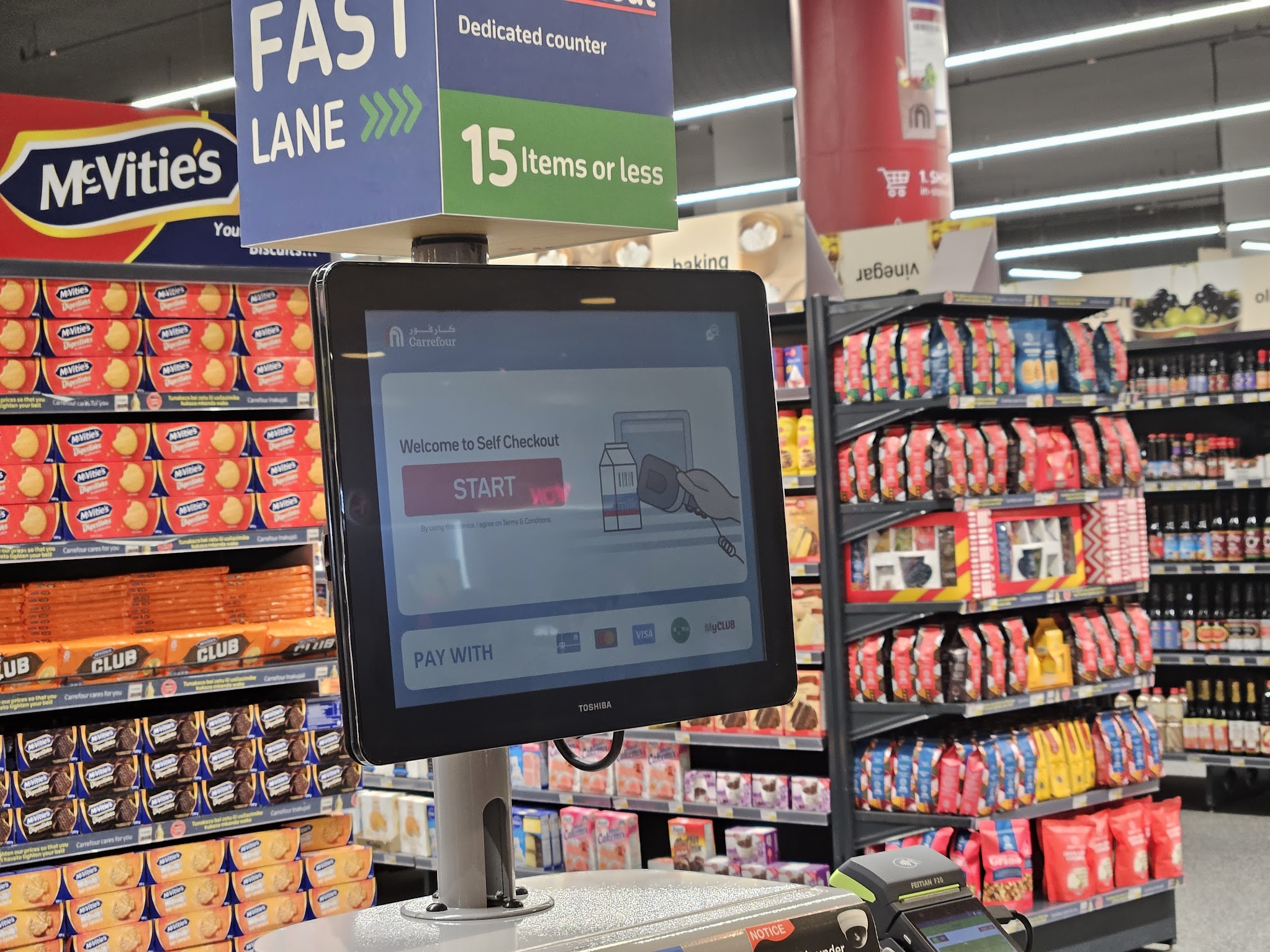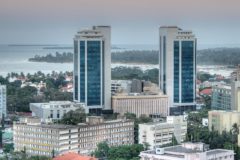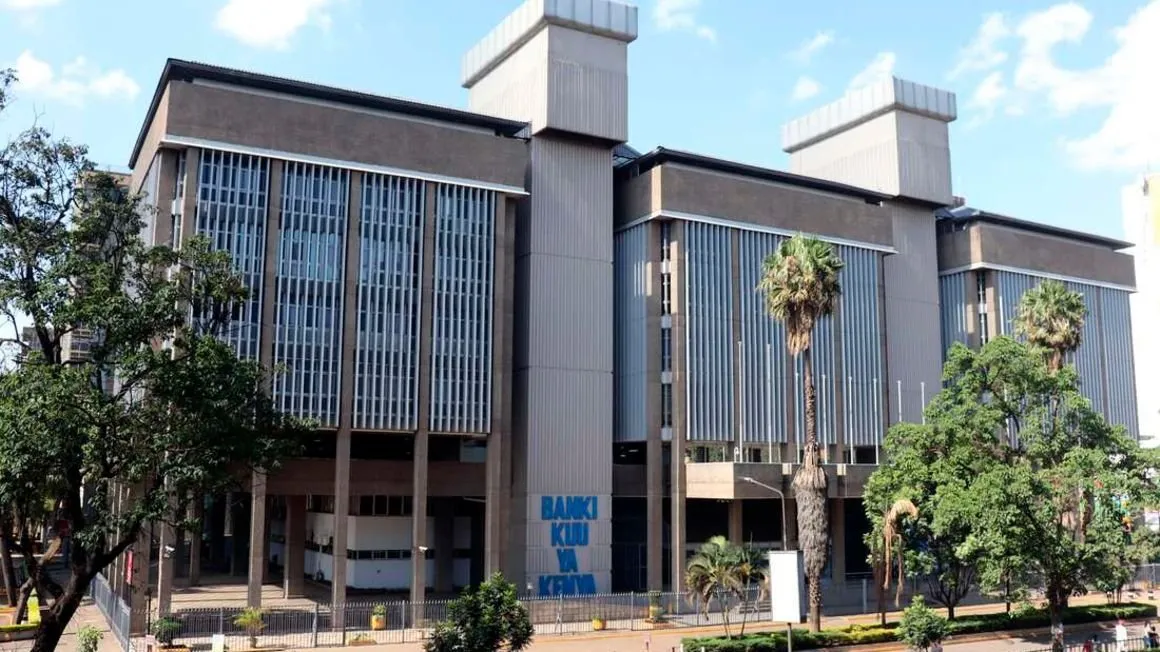Kenya’s overall year-on-year inflation rate dropped to 5.7% in March 2024, a slight fall from February’s rate of 6.3%, per data seen by TechCabal.
Between March 2023 and March 2024, Kenya recorded increased costs in transportation (up 9.7%), housing and utilities (up 8.0%), and food and beverages (up 5.5%). However, the cost of these commodities fell in March after the Kenyan shilling posted gains against the dollar, currently trading at KES 132 to the dollar.
Amidst these gains, the cost of moving goods, maintaining homes, and purchasing essential items remains high, indicating a high cost of living during this period.
“These three divisions [cost of moving goods, home maintenance and purchasing essential items] account for over 57% of the weights of the 13 broad categories,” said the Kenya National Bureau of Statistics (KNBS) in a statement.
The consumer price indices and inflation rates come from surveys done each month. These surveys examine how much goods and services cost in shops and stores. The KNBS then picks a range of things that Kenyans typically buy. The surveys take place in the second and third weeks of the month and cover different areas across Kenya, with shops chosen to represent what people buy.
Kenya’s central bank (CBK) and others in East Africa are adjusting interest rates to support their struggling economies as they face inflation, currency depreciation, and global supply issues. This implies that there seems to be a change away from using coordinated monetary policies worldwide to control increasing prices.
In February 2024, the CBK raised its policy rate to 13% from 12.5%, the largest jump in 12 years. This move is expected to lead to higher loan costs, impacting borrowers.
“The proposed action will ensure that inflationary expectations remain anchored while setting inflation on a firm downward path towards the five per cent midpoint of the target range, as well as addressing residual pressures on the exchange rate,” said Kamau Thugge, CBK governor, in a statement to the East African.





















